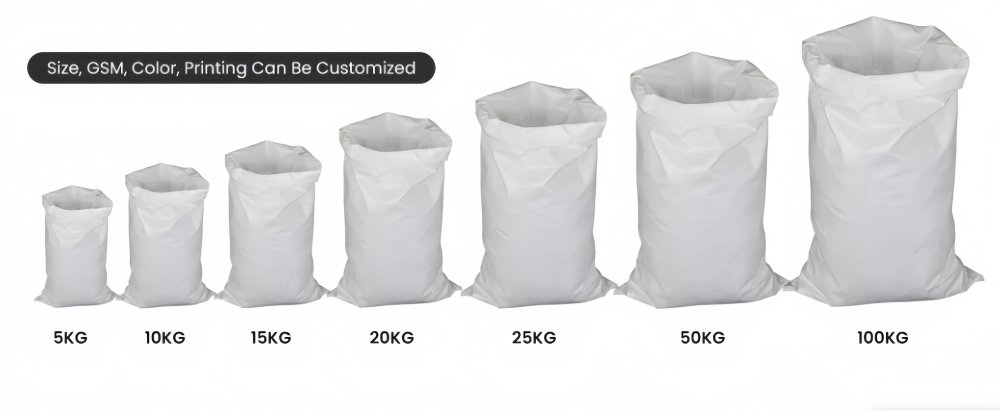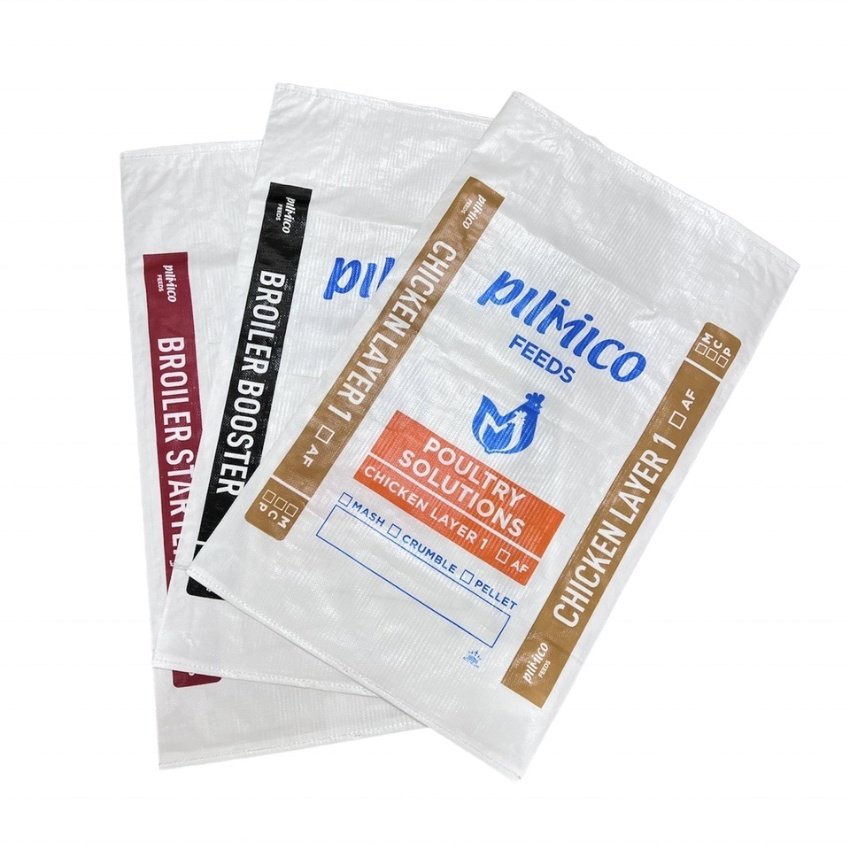Are woven polypropylene Fabric PP sacks bags breathable?
The breathability of woven polypropylene (PP) Fabric sacks bags depends on their construction, specifically whether they are unlaminated or laminated. Here’s a clear breakdown:
✅ 1. Unlaminated Woven PP Bags: BREATHABLE
Why? The woven structure creates tiny gaps between the PP tape threads, allowing air and moisture vapor to pass through.
Benefits:
Prevents condensation and moisture buildup inside the bag.
Ideal for products that need ventilation (e.g., potatoes, onions, grains).
Reduces risk of mold, rot, or spoilage during storage/transport.
❌ 2. Laminated Woven PP Bags (LWP): NOT BREATHABLE
Why? A layer of polypropylene film (usually BOPP) is fused to the woven fabric, sealing the gaps. This creates a barrier against air, moisture, and dust.
Benefits:
Waterproof protection (e.g., for fertilizers, chemicals, or food products like flour/sugar).
Better print quality for branding.
Enhanced durability and contamination resistance.
Key Factors Influencing Breathability:
Factor | Impact on Breathability |
Lamination | Laminated = Non-breathable; Unlaminated = Breathable (most critical factor). |
Fabric Density | Tighter weaves reduce airflow (but even tight weaves remain breathable if unlaminated). |
UV Treatment/Additives | Do not affect breathability (only impact sun resistance). |
Coatings | Additional coatings (e.g., for water repellency) may further reduce breathability. |
When Breathability Matters:
Agriculture: Storing potatoes, onions, or grains — breathability prevents rot.
Construction: Sand/cement bags may need airflow to reduce moisture clumping.
Food Storage: Coffee beans or spices may require ventilation to maintain freshness.
When Non-Breathability is Preferred:
Chemicals/Fertilizers: To prevent moisture absorption or leakage.
Food Safety: To block contaminants (e.g., flour, sugar, powdered products).
Humid Environments: To protect contents from external humidity.
Special Cases:
FIBCs (Jumbo Bags): Often unlaminated and breathable, but can be ordered laminated or with ventilation panels for specific needs.
Liners: Adding an inner liner (e.g., PE film) blocks breathability even in unlaminated bags.
In Summary:
Unlaminated woven PP bags = Breathable (air/moisture vapor can pass).
Laminated woven PP bags = Non-breathable (airtight barrier).
Choose unlaminated for products needing airflow; opt for laminated if moisture/contaminant protection is critical!









